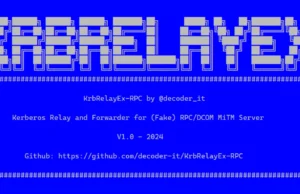TrickDump dumps the lsass process without creating a Minidump file, generating instead 3 JSON and 1 ZIP file with the memory region dumps. In three steps:
- Lock: Get OS information using RtlGetVersion.
- Shock: Get SeDebugPrivilege privilege with NtOpenProcessToken and NtAdjustPrivilegeToken, open a handle with NtGetNextProcess and NtQueryInformationProcess and then get modules information using NtQueryInformationProcess and NtReadVirtualMemory.
- Barrel: Get SeDebugPrivilege privilege, open a handle and then get information and dump memory regions using NtQueryVirtualMemory and NtReadVirtualMemory.
In the attack system, use the create_dump.py script to generate the Minidump file:
python3 create_dump.py [-l LOCK_JSON] [-s SHOCK_JSON] [-b BARREL_JSON] [-z BARREL_ZIP] [-o OUTPUT_FILE] The benefits of this technique are:
- There is never a valid Minidump file in disk, memory or the network traffic.
- There is not a single program or process executing the whole attack but three separate ones, which may raise less flags.
- If you already have information about the OS of the target machine you can skip the first step (“Lock”).
- The programs only use NTAPIS (this project is a variant of NativeDump).
- It does not use OpenProcess or NtOpenProcess to get the lsass process handle with the PROCESS_VM_OPERATION and PROCESS_VM_WRITE access rights.
- Each program allows to overwrite the ntdll.dll library “.text” section to bypass API hooking:
- “disk”: Using a DLL already on disk. If a second argument is not used the path is “C:\Windows\System32\ntdll.dll”.
- “knowndlls”: Using the KnownDlls folder.
- “debugproc”: Using a process created in debug mode. If a second argument is not used the process is “c:\windows\system32\calc.exe”.
For more information click here.












%20Works.png)




